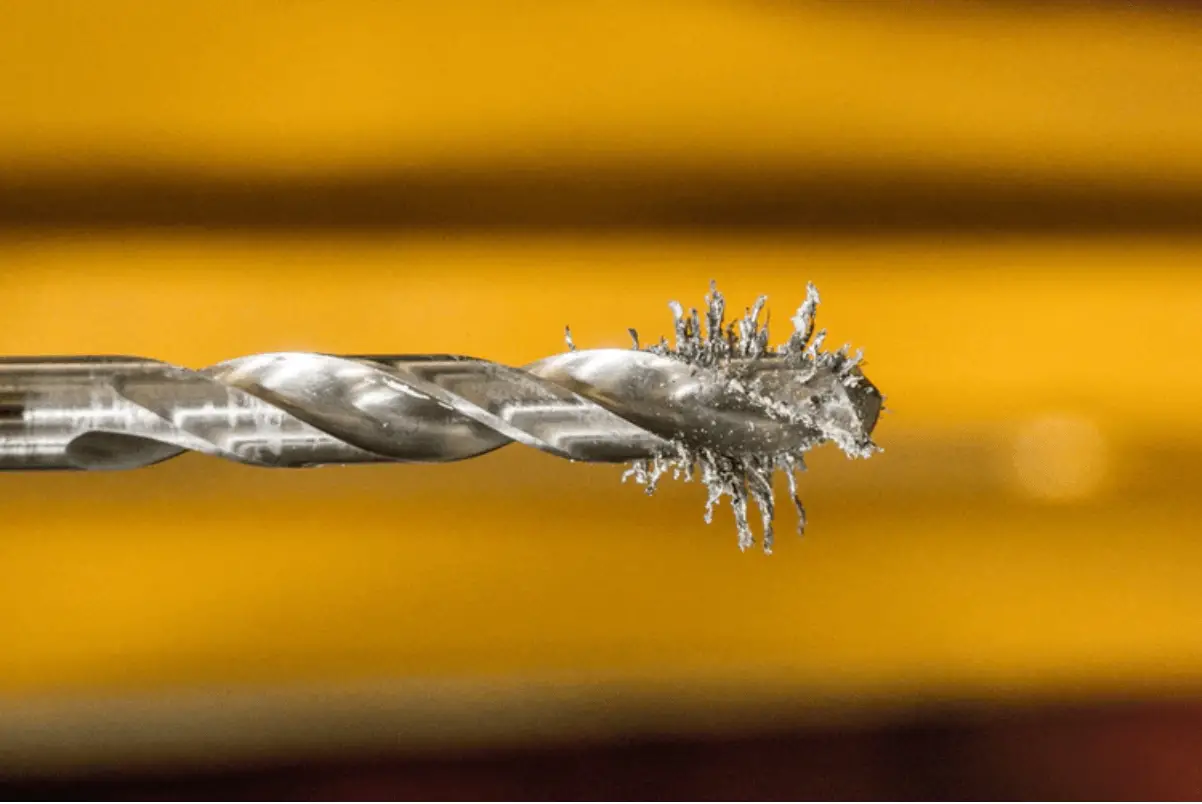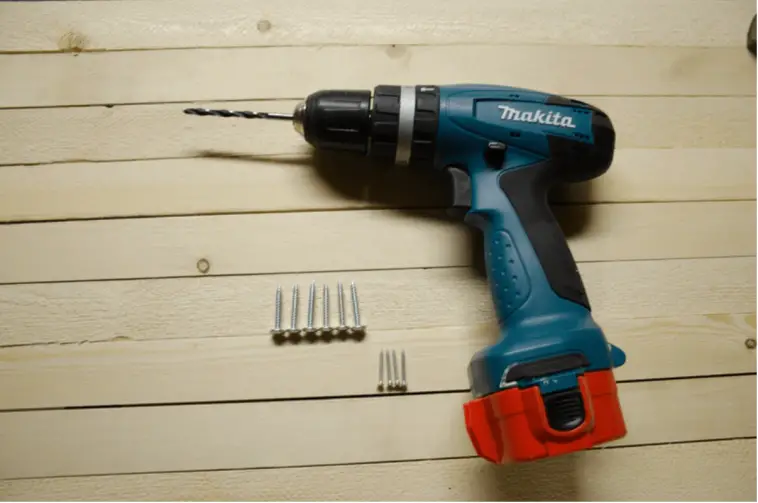Drilling a hole in the wall is easy, but drilling it correctly can take a little bit of know-how. There are a few common mistakes that lots of us make in the beginning. Here are a few common drilling mistakes that a lot of people make that you can easily avoid.
1. Not Using the Right Bit
Different bits are designed for specific purposes. Bits for woodworking are not the same as those used for drilling in metal, or concrete. Using the right type of drill bit is important in order to ensure a clean hole. When you use the wrong bit, you won’t have a lot of success and you’ll end up damaging your bits.
2. Not Making a Dimple
A drill is prone to wandering off the mark. This can be damaging to the surface you’re working on, or make it look untidy. Fortunately, there is an easy way to avoid this problem. Make a small dimple before you drill. Mark the spot where you want to drill, then use a center punch to create a small indent.
3. Not Protecting Your Eyes
Before grabbing your machine and drilling, you should protect your eyes from any stray fragments. It is one of the most common mistakes and injuries people experience when using a drill. A tiny metal fragment to the eye is all that is needed to cause a serious eye injury, so be sure to wear safety glasses before drilling.
4. Going Big Rather Than Starting Small
If you want to drill a clean big hole, you need to start with a small hole first. Some bits are over an inch in diameter, but if you start with something smaller you’ll drill a cleaner hole with ease. It may seem unnecessary, but this will help you drill smooth, clean, perfectly sized holes.
5. Drilling Too Quickly
When you drill too fast, the bit spins more than it should and gets too hot and becomes dull. Also, it’s easy to make a mistake and go off course, resulting in a crooked hole. If you’re going to drill through metal, make sure that you go slow. For thicker and denser metals, go even slower.
6. Not Drilling Straight
This is one of the biggest mistakes. It’s difficult to drill at a straight angle, because you’re too focused on drilling through the materials, losing sight of your drill’s angle. Avoid this by paying attention to your drill. Keep the drill straight and focus on it burrowing its way through the material.
7. Not Tighten the Chunk Enough
Before drilling tighten the chunk to prevent it from slipping or spinning while you drill. The chuck is the part of a drill that you put the bit into. You loosen the chunk to insert the bit, but you want to make sure it’s tight before you begin drilling.
Some drills come with a special sort of key that you can use to tighten the chunk, but most new drills allow you to tighten the chunk with your hand. A twist will do the trick.
8. Making A Crooked Hole
Once you’ve drilled a hole, that’s it. You can’t go back. If your drill starts to slip at any point and your hole is getting crooked, stop. Recenter your drill, and start again.
9. Not Using a Stud Finder
It’s easier to avoid accidents like breaking your water pipe or cutting electric cables than you may think. Get a stud finder. There is nothing worse than drilling into something and then accidentally hitting a pipe, or worse and seriously injuring yourself
10. Not Using the Appropriate Pressure
Your drill should be able to do the work for you, so avoid using too much pressure as this might cause the drill to slip causing damage to the surface or your drill. It is easy for you to jam your drill and cause unnecessary damages. If the drill is slowing pull it out and clear the debris from the hole. Let the drill cool and then go in again.
11. Not Letting the Drill Cool
When your drill starts getting hot and begins to smell, stop drilling and remove it from the hole. Once out, run it at full speed outside of the hole so that it sucks in some air and begins cooling the motor. Give it a break and then go at it again.

Knowing these drilling tips and techniques can help you avoid making simple mistakes. Drills are an essential tool, so it’s a great idea to learn how to use one. If you’re already familiar with it, for the sake of safety and efficiency, refreshing your knowledge won’t hurt.



